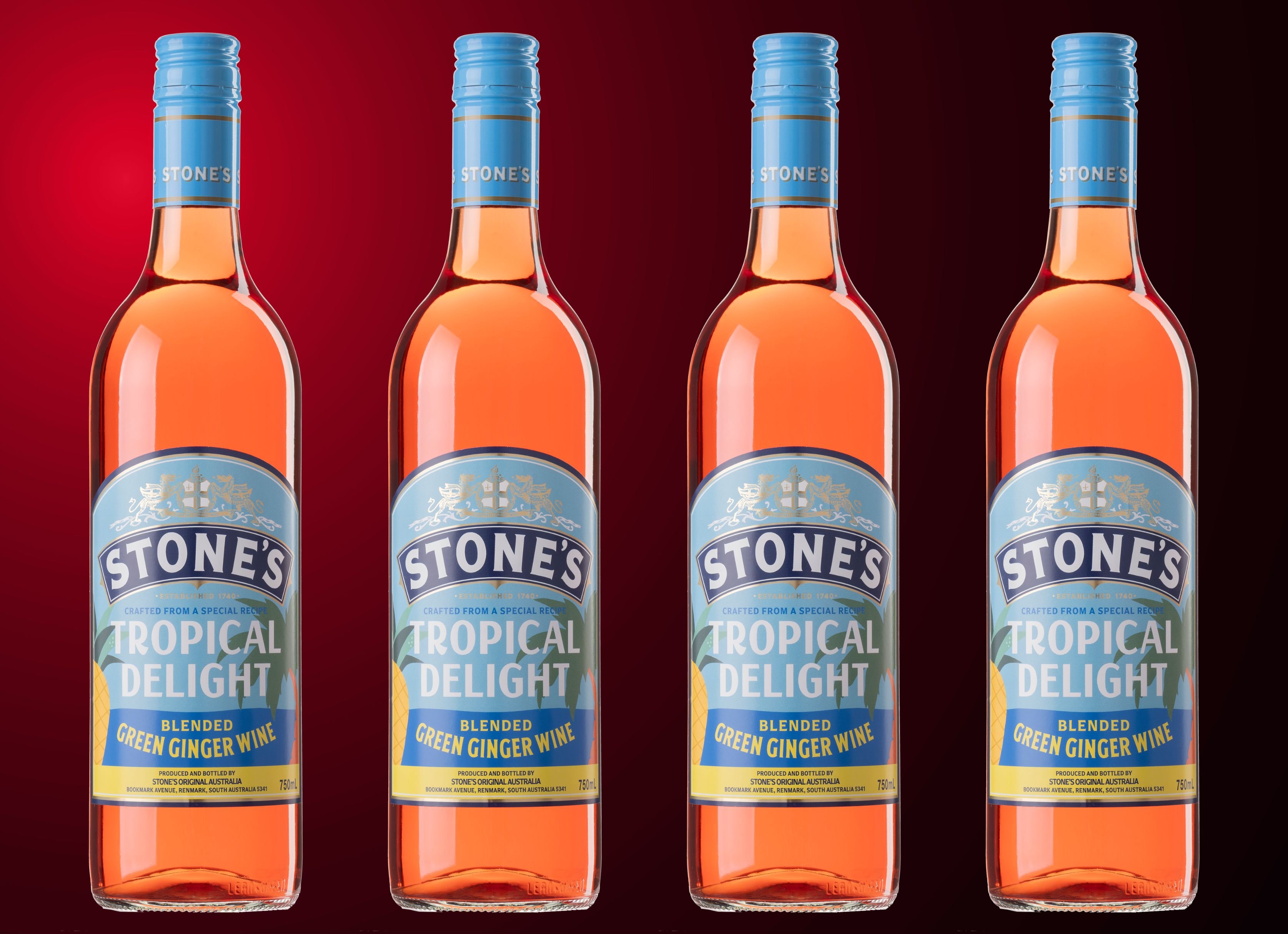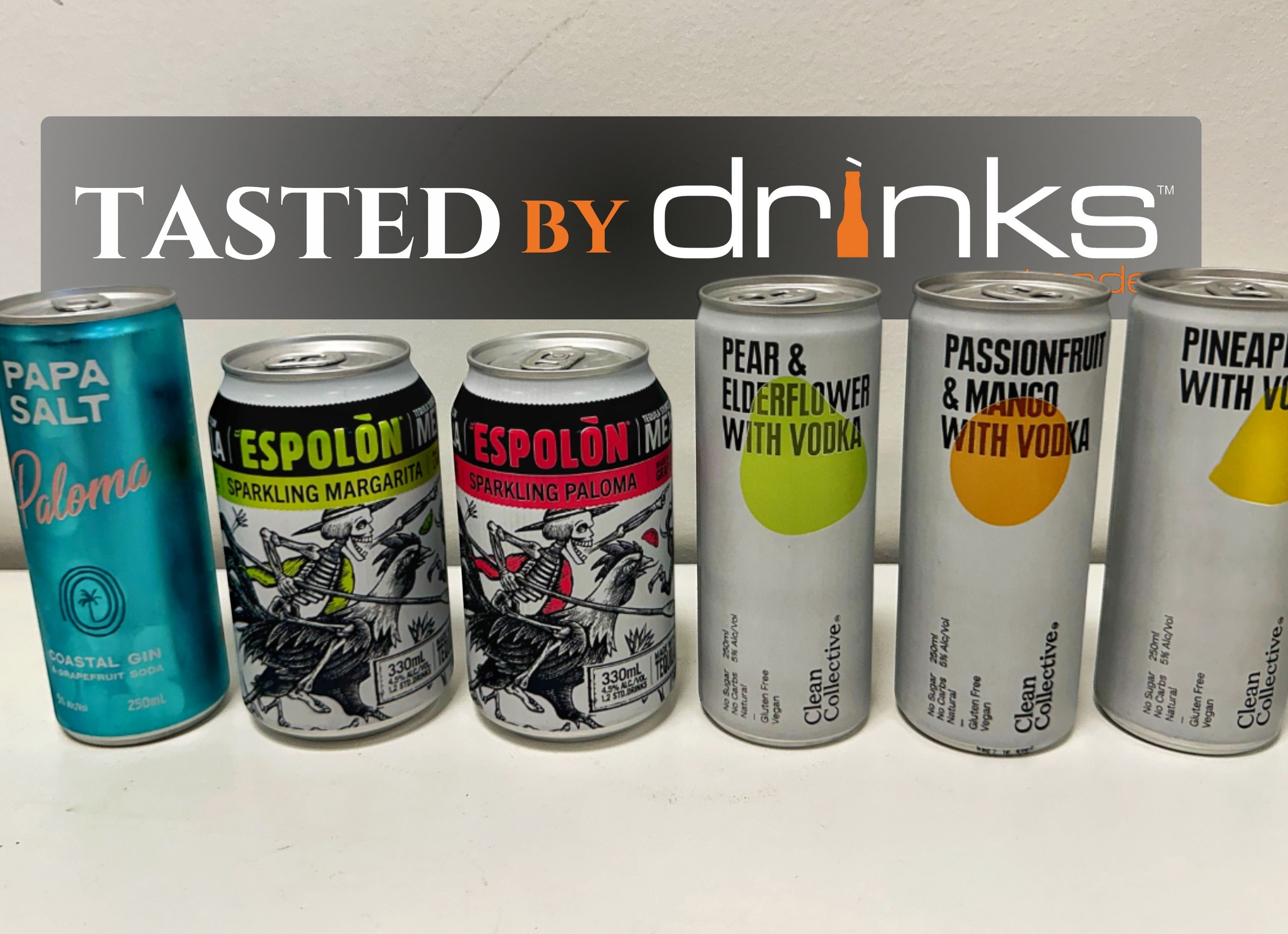Michael Courtney, guest speaker at the Drinks Association’s Network Breakfast, took the opportunity to discuss Coles Liquor’s renewed focus on developing its omnichannel presence.
Addressing over 190 attendees, Courtney discussed the retailer group’s strategic pillar in becoming a liquor destination that is digitally accelerated to deliver for the future.
Prior to beginning as CEO at Coles Liquor in July last year, Courtney was Coles Group’s General Manager of Omnichannel Operations & Innovation, making him the perfect candidate for driving multi-platform presence for Coles Liquor.
The Network Breakfast presentation also served as a call to suppliers to collaborate in Coles Liquor’s renewed focus.
“The reason for wanting to talk about [omnichannel] is because one: we’re investing in it; but two: to provide and optimise omnichannel experience for customers over the coming years, retailers can’t do that alone… It requires collaboration between retailers and suppliers.”
“Anyone who’s ever gone through any type of tech or digital transformation knows that doing those two things at once is not cheap and it’s not quick. So this is certainly a journey that we’re on.”
The presentation went on to outline the six key consumer trends underpinning Coles Liquor’s new omnichannel plan. Whilst five are shared across retail in general, Courtney brought to attention the decreasing per capita consumption of alcohol as a potential opportunity for the industry.
“I think that part of that is where the opportunity sits for the industry, to be able to engage customers better through omnichannel around some of these products over the long term.”
Another key trend stressed by Courtney’s presentation is that physical store should remain central when delivering effective omnichannel experiences.
“Depending on what type of forecast that you want to look at, yes: e-commerce will continue to grow as part of our industry and as part of retail in general, but depending on what forecast you look at, it’ll sit somewhere between 10% and 20% of sales.
“Which means the customer interactions for the majority of sales and transactions will still occur in store, and even for the ones that are occurring through e-commerce, many of those will continue to be fulfilled at the store as the distribution point.
“So stores are going to remain key.”
The third consumer trend identified is the recent growth in digital channels.
“Propelled digital adoption is something that has really accelerated through COVID,” said Courtney.
Expectations around the speed of retail fulfillment is another trend that was consolidated during the pandemic.
“So it’s not too long ago that if you’re looking to get goods delivered, whether it’s in food or in drinks retail, the quickest fulfilment you could get if you wanted delivery was 24 hours, 48 hours… that has changed dramatically as a number of options for fulfillment have increased”.
“We saw 24 hours go down to same day, same day go down to one hour, one hour, go down to half an hour.
“But it’s not only how quick can I get it, there is also that expectation of ‘what I ordered I expect you to be able to fulfill that product,’ so the accuracy of fulfillment.”
Courtney also notes the growing demand for hyper-personalised customer experiences, something that Coles Liquor is well positioned to deliver via the data gathered from its Coles Group’s Flybuys program.
“So customers have been quite generous with what their data is, and as retailers that have many different touch points with customers, we benefit from that, but that’s not for free”.
“What their expectation is, is that if we have their data, is that over time the offers that we show them and how we engage with them is increasingly personalised.”
The final consumer trend outlined in the presentation is the currently increasing consumer demand for value.
“Value is something that is very forefront of the customer mind, which is not only a today thing but it’s expected to persist over this year into the coming years.”
The presentation concluded by reinforcing the growing need for omnichannel investment with particular focus on customer experience. With omnichannel customers typically more valuable that channel only customers, the overall customer experience is key through making it convenient, personalised, and seamless for its consumers.
Share the content










